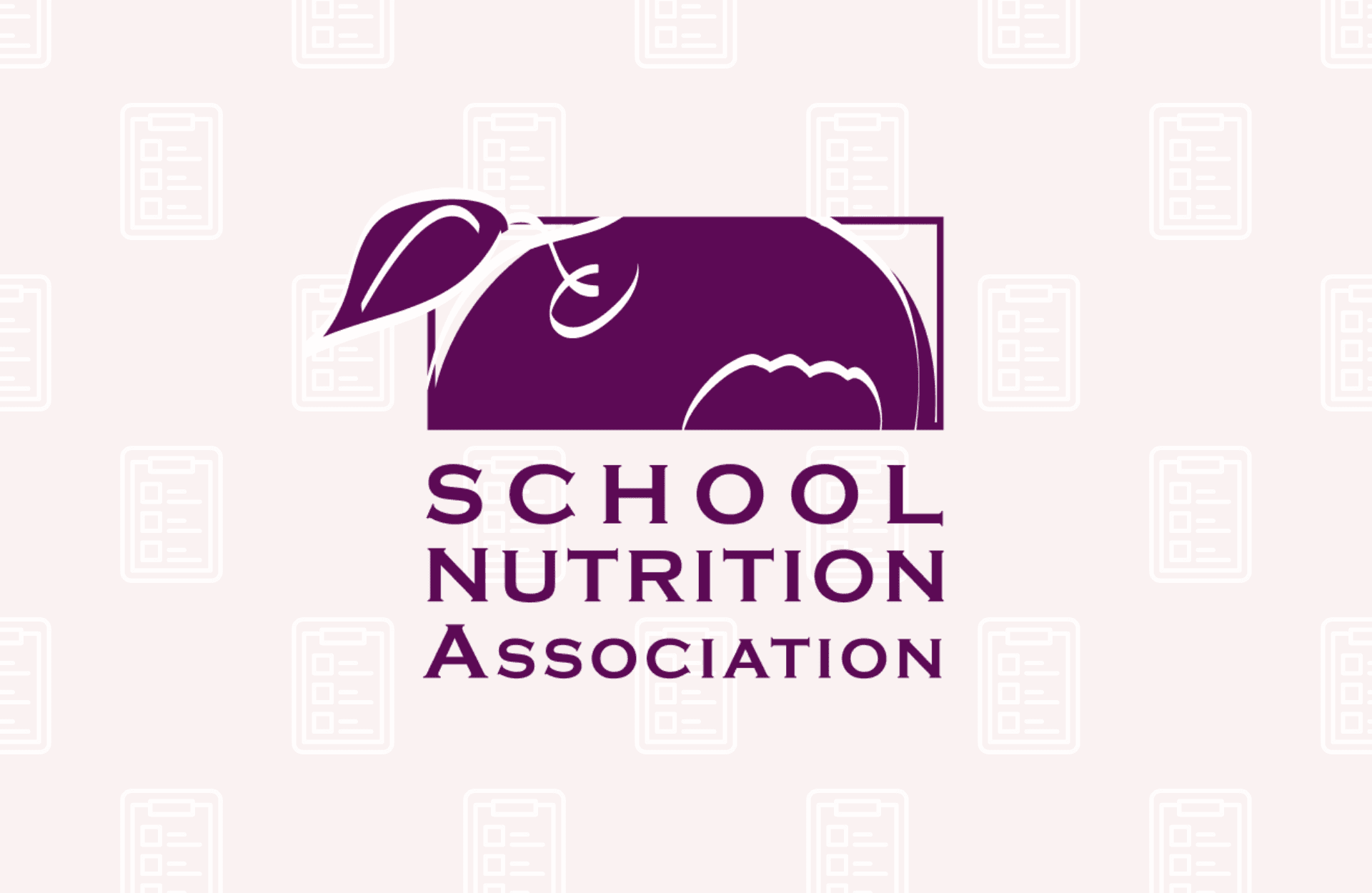FOR IMMEDIATE RELEASE:
Contact: Diane Pratt-Heavner
703-824-3024
media@schoolnutrition.org
SNA Responds to School Meal Flexibilities Complaints
2019-04-03
ARLINGTON, VA – The non-profit School Nutrition Association (SNA) responds to lawsuits regarding USDA’s 2018 final rule Child Nutrition Programs: Flexibilities for Milk, Whole Grains, and Sodium Requirements.
The School Nutrition Association (SNA) supports the December 2018 final rule on school meal flexibilities, which aligns with the Institute of Medicine’s (IOM) scientific recommendations for updating school meal nutrition standards.
Representing 58,000 school nutrition professionals who prepare meals for 30 million students daily, SNA commends USDA’s final rule protecting limits on calories and unhealthy fat, which ensure school meals do not contribute to obesity. SNA also supports mandates to offer students larger servings and a wider variety of fruits and vegetables and celebrates the tremendous progress schools have achieved in improving the nutrition and quality of school meals.
USDA’s final rule maintained current Target 1 sodium limits, preserving the significant sodium cuts already made to school meals, and extended the timeframe to achieve Target 2 limits. This adjustment reflects six years of feedback from school nutrition programs across the country and mirrors anticipated challenges IOM identified when developing its scientific recommendations. In “School Meals: Building Blocks for Healthy Children,” IOM stated that once Target 1 sodium limits were implemented,
it would be appropriate to assess progress and effects of the actions on student participation rates, food cost, safety, and food service operations to determine a reasonable target for the next period. The committee recognizes that reducing the sodium content of school meals as specified in Table 7-3 and in a way that is well accepted by students will present major challenges and may not be possible.
Similarly, citing student acceptability, product availability and cost, the IOM recommended a whole grain requirement in line with the 2018 final rule. The IOM’s “ Major Recommended Changes in the Meal Requirements” recommend that “At least half of the bread/grain offerings must meet the criterion for a whole grain-rich food (based on at least half of the grain content as whole grain).”
“SNA appreciates USDA’s efforts to preserve strong standards to benefit students while addressing long-standing challenges to ensure they choose and consume healthy school meals,” said SNA President Gay Anderson, SNS. SNA’s professional development programming supports members as they work to exceed these minimum nutrition standards and share best practices with their colleagues.
About School Nutrition Association:
The School Nutrition Association (SNA) is a national, non-profit professional organization representing 58,000 school nutrition professionals across the country. Founded in 1946, SNA and its members are dedicated to making healthy school meals and nutrition education available to all students. For more information on school meals, visit www.SchoolNutrition.org/SchoolMeals.
Related Articles

SNA Urges MAHA Commission to Invest in School Meals
Read More

School Nutrition Professionals to Implore Congress to Protect School Meals
Read More




